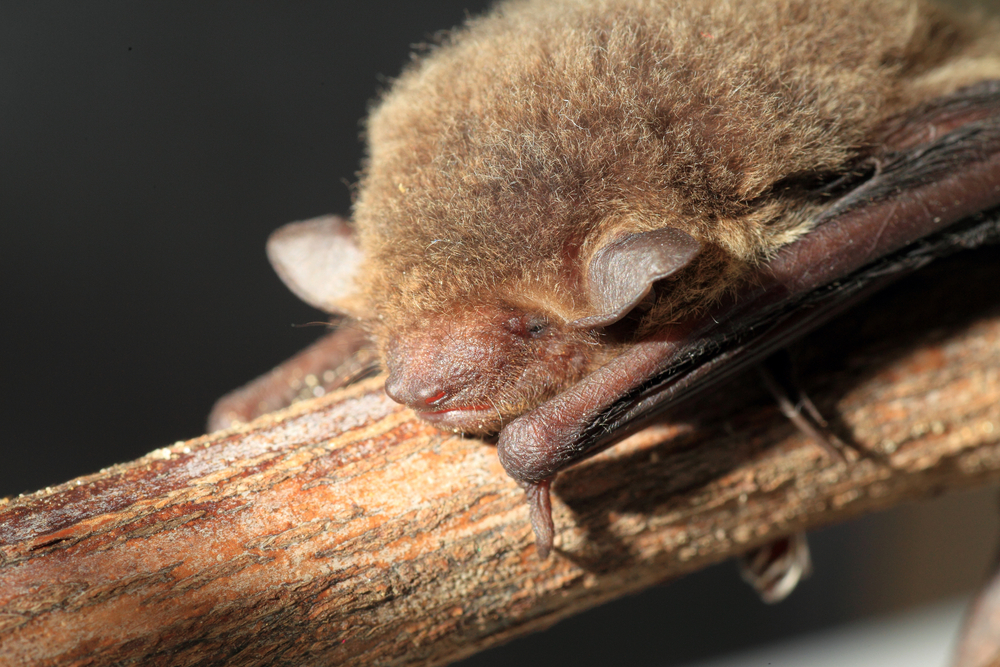Now Reading: Early Humans Likely Used Fire for Smoking Meat One Million Years Ago
-
01
Early Humans Likely Used Fire for Smoking Meat One Million Years Ago
Early Humans Likely Used Fire for Smoking Meat One Million Years Ago

Fast Summary
- Research from Tel Aviv University suggests early humans may have used fire not just to cook meat but to smoke and preserve it as a safeguard against predators, scavengers, and spoilage.
- Evidence at archaeological sites shows early fire use around 800,000 years ago, especially involving large animals like elephants and hippopotamuses.
- Cooking alone did not provide sufficient energetic benefits to offset the effort required for maintaining fires; preservation is now proposed as the primary motive.
- Researchers analyzed nine sites in Africa, West Asia, and southern Europe with early evidence of fire. Large hunted animals were central to diets due to their calorie-rich meat and fat.
- Fire may have served as a tool for prolonging the usability of these massive food sources while thwarting bacteria growth and protecting the supply from other predators.
Image: Burnt Fallow Deer Bones from Qesem Cave (Image Credit: Tel Aviv University)
Indian Opinion analysis
The findings shed light on human adaptability through innovative use of natural resources-fire becoming more than a source of cooking but also an essential tool for food security. While this research primarily pertains to prehistoric behavior in distant parts of Africa or Europe, its broader implications resonate globally. For India’s archaeological studies regarding ancient human activity across regions such as bhimbetka or Mehrgarh, this hypothesis might encourage revisitation with similar models.
Additionally, examining how environmental factors shaped survival tactics offers valuable insights into sustainable practices today-particularly in preserving biodiversity amidst modernization pressures. Food preservation through traditional methods has connections with Indian history itself (like sun-drying), making this exploration indirectly relevant culturally. Neutral inquiry into local paleo-anthropological data could help expand India’s contributions toward understanding global prehistory dynamics via research collaborations.

























